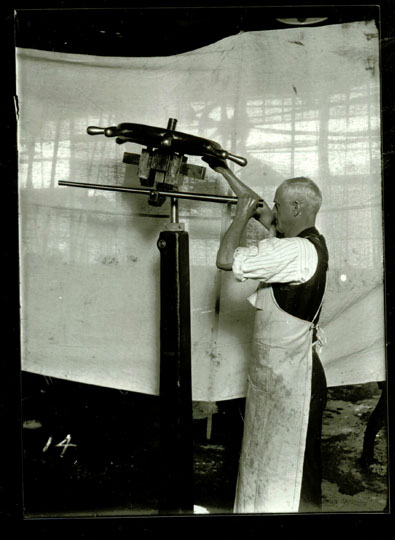J
JRB
Guest
A friend a I have just finished chambering our second barrel, so we are very new to this,
Both barrels are in 20 cal, one chambered in .204 and the other in 20 PPC.
We have set up the barrels in a 4 way adjustable pipe, in the 4 way chuck and used the range rod to reduce the run out of the bore to just about zero before we start.
Now the finished result, looks real nice and has worked very well, the result has been better than we could have hoped, but i have two questions,
1. in getting everything perfect at the chamber end, at both ends of the exposed range rod, we than removed the rod and proceeded to start the chambering, after we had finished, we fitted it to the muzzle end, and noticed that the first barrel had .024" runout. As this was our first barrel we did not think much more about it as the chamber end was spot on. we did not index it, so it is sitting at about 10 o'clock?
2. With our second barrel we set it all up, ready to chamber, and then checked the muzzle end, and found the run out to be .040", so we indexed it to 12 o clock, and then chambered the barrel.
What it an acceptable amount of run out for a bore, at what stage dos it affect the accuracy?
Do you always index the barrel, to 12 o clock?
Jim
Both barrels are in 20 cal, one chambered in .204 and the other in 20 PPC.
We have set up the barrels in a 4 way adjustable pipe, in the 4 way chuck and used the range rod to reduce the run out of the bore to just about zero before we start.
Now the finished result, looks real nice and has worked very well, the result has been better than we could have hoped, but i have two questions,
1. in getting everything perfect at the chamber end, at both ends of the exposed range rod, we than removed the rod and proceeded to start the chambering, after we had finished, we fitted it to the muzzle end, and noticed that the first barrel had .024" runout. As this was our first barrel we did not think much more about it as the chamber end was spot on. we did not index it, so it is sitting at about 10 o'clock?
2. With our second barrel we set it all up, ready to chamber, and then checked the muzzle end, and found the run out to be .040", so we indexed it to 12 o clock, and then chambered the barrel.
What it an acceptable amount of run out for a bore, at what stage dos it affect the accuracy?
Do you always index the barrel, to 12 o clock?
Jim


